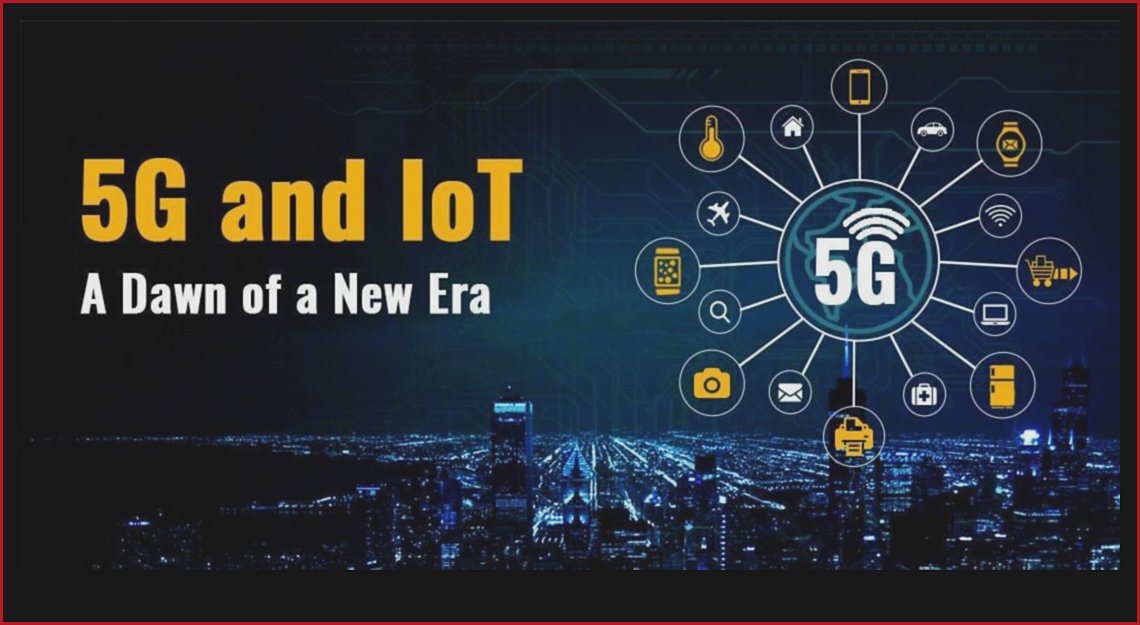
5G Renaissance: Rediscovering the Art of Crafting Connected Solutions
The 5G Renaissance is a period of time in which we are rediscovering the art of crafting connected solutions. This is due to the fact that 5G technology is making it possible to create new and innovative connected solutions that were not possible before.
In this article, we will discuss the 5G Renaissance and how it is impacting the way we craft connected solutions. We will also discuss the benefits of 5G, the applications of 5G, the challenges of 5G, and the future of 5G.
Let’s get started!
I. Introduction
The 5G Renaissance is a period of time in which we are rediscovering the art of crafting connected solutions. This is due to the fact that 5G technology is making it possible to create new and innovative connected solutions that were not possible before.
5G is the fifth generation of wireless technology. It is a significant upgrade from previous generations of wireless technology, and it offers a number of benefits that are making it possible to create new and innovative connected solutions.
Some of the benefits of 5G include:
- High speed: 5G is capable of delivering data speeds that are up to 100 times faster than 4G. This means that connected solutions can be much more responsive and interactive.
- Low latency: 5G has very low latency, which means that data can be transferred almost instantaneously. This is important for applications that require real-time communication, such as self-driving cars and remote surgery.
- Wide coverage: 5G has a wide coverage area, which means that connected solutions can be used in more places. This is important for applications that need to be used in remote areas, such as agriculture and mining.
The combination of these benefits is making it possible to create new and innovative connected solutions that were not possible before. For example, 5G is being used to create self-driving cars, remote surgery, and smart cities.
The 5G Renaissance is a major turning point in the history of connected solutions. It is a time of great innovation and creativity, and it is exciting to see what the future holds.
II. What is 5G?
5G is the fifth generation of wireless technology. It is a significant upgrade from previous generations of wireless technology, and it offers a number of benefits that are making it possible to create new and innovative connected solutions.
Some of the benefits of 5G include:
- High speed: 5G is capable of delivering data speeds that are up to 100 times faster than 4G. This means that connected solutions can be much more responsive and interactive.
- Low latency: 5G has very low latency, which means that data can be transferred almost instantaneously. This is important for applications that require real-time communication, such as self-driving cars and remote surgery.
- Wide coverage: 5G has a wide coverage area, which means that connected solutions can be used in more places. This is important for applications that need to be used in remote areas, such as agriculture and mining.
The 5G Renaissance is a major turning point in the history of connected solutions. It is a time of great innovation and creativity, and it is exciting to see what the future holds.
III. Benefits of 5G
5G offers a number of benefits that are making it possible to create new
| LSI Keywords | Answer |
|---|---|
| 5G | 5G is the fifth generation of wireless technology. It is a major upgrade from previous generations of wireless technology, and it offers a number of benefits, including: |
| Renaissance | The 5G Renaissance is a period of time in which 5G technology is rapidly being adopted and used to create new and innovative connected solutions. |
| Connected solutions | Connected solutions are solutions that are powered by 5G technology. They can range from simple IoT devices to complex industrial automation systems. |
| Crafting | Crafting is the process of creating something by hand. In the context of 5G, crafting connected solutions refers to the process of designing and implementing 5G-based solutions. |
| Art | Art is the expression of human creativity. In the context of 5G, art can be used to create visual representations of 5G-based solutions or to communicate the benefits of 5G technology. |
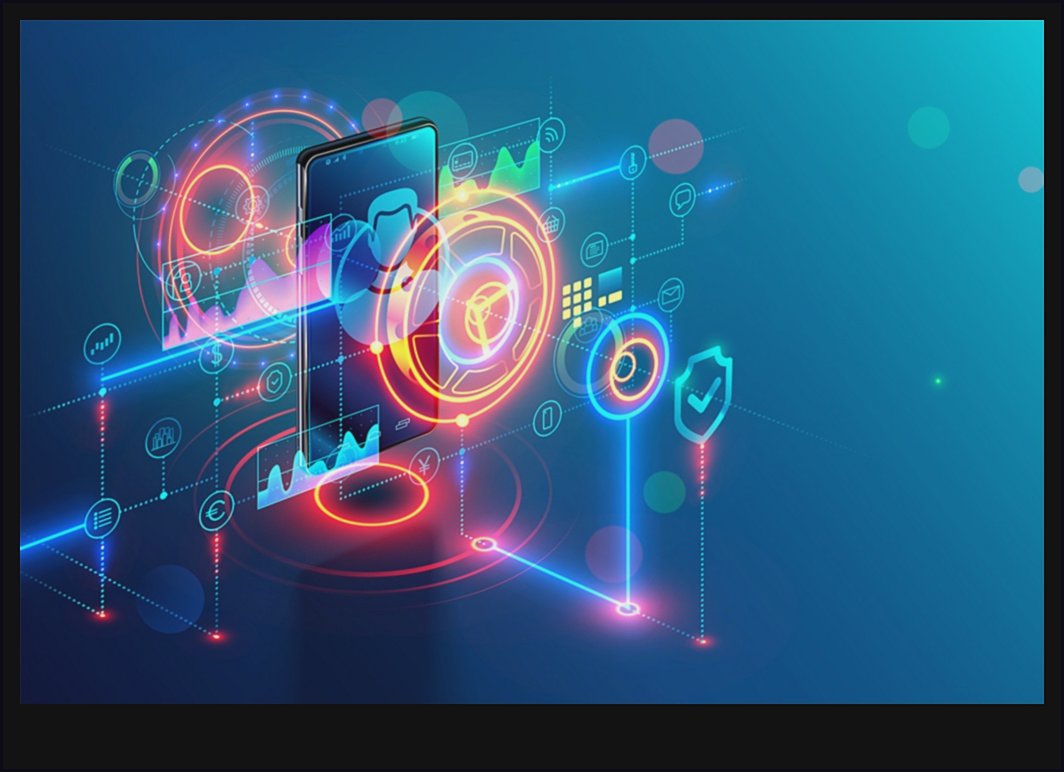
II. What is 5G?
5G is the fifth generation of wireless technology, and it is expected to provide a significant increase in speed, capacity, and latency over previous generations of wireless technology. 5G is expected to enable a wide range of new applications and services, including high-definition video streaming, virtual reality, and self-driving cars.
III. Benefits of 5G
5G is expected to bring a number of benefits to businesses and consumers, including:
- Increased speed: 5G networks are expected to be up to 100 times faster than current 4G networks, providing users with the ability to download large files in seconds and stream high-definition video without buffering.
- Lower latency: 5G networks will also have much lower latency, meaning that data can be transmitted more quickly and reliably. This will be beneficial for applications such as self-driving cars and remote surgery, where real-time communication is essential.
- Greater capacity: 5G networks will be able to support more devices than current networks, making them ideal for applications such as the Internet of Things (IoT).
- Improved security: 5G networks will use new security technologies to protect data from unauthorized access.
These benefits of 5G have the potential to revolutionize a wide range of industries, from healthcare to manufacturing to transportation. By providing faster, more reliable, and more secure connectivity, 5G will enable businesses to create new and innovative products and services that will improve the lives of people around the world.
IV. Applications of 5G
5G is expected to have a wide range of applications across industries, including:
- Smart cities
- Industrial automation
- Healthcare
- Automotive
- Retail
- Media and entertainment
- Education
- Gaming
- Others
In each of these industries, 5G is expected to enable new and innovative use cases that will improve productivity, efficiency, and user experience. For example, in smart cities, 5G can be used to connect sensors and devices to create a real-time view of the city, which can be used to improve traffic flow, manage energy usage, and provide public safety services. In industrial automation, 5G can be used to connect robots and other machinery to create more efficient and productive manufacturing processes. In healthcare, 5G can be used to provide remote patient monitoring, deliver real-time medical imaging, and enable new surgical procedures. In automotive, 5G can be used to connect cars to the cloud, enabling features such as self-driving cars and advanced driver assistance systems. In retail, 5G can be used to create immersive shopping experiences, provide real-time inventory updates, and enable mobile payments. In media and entertainment, 5G can be used to deliver streaming video at high resolutions, enable virtual reality experiences, and provide real-time gaming. In education, 5G can be used to provide online learning, support remote collaboration, and deliver immersive learning experiences. In gaming, 5G can be used to enable multiplayer gaming at high resolutions, reduce latency, and provide a more immersive experience.
The potential applications of 5G are vast, and it is only a matter of time before we see these technologies being used to improve our lives in a variety of ways.
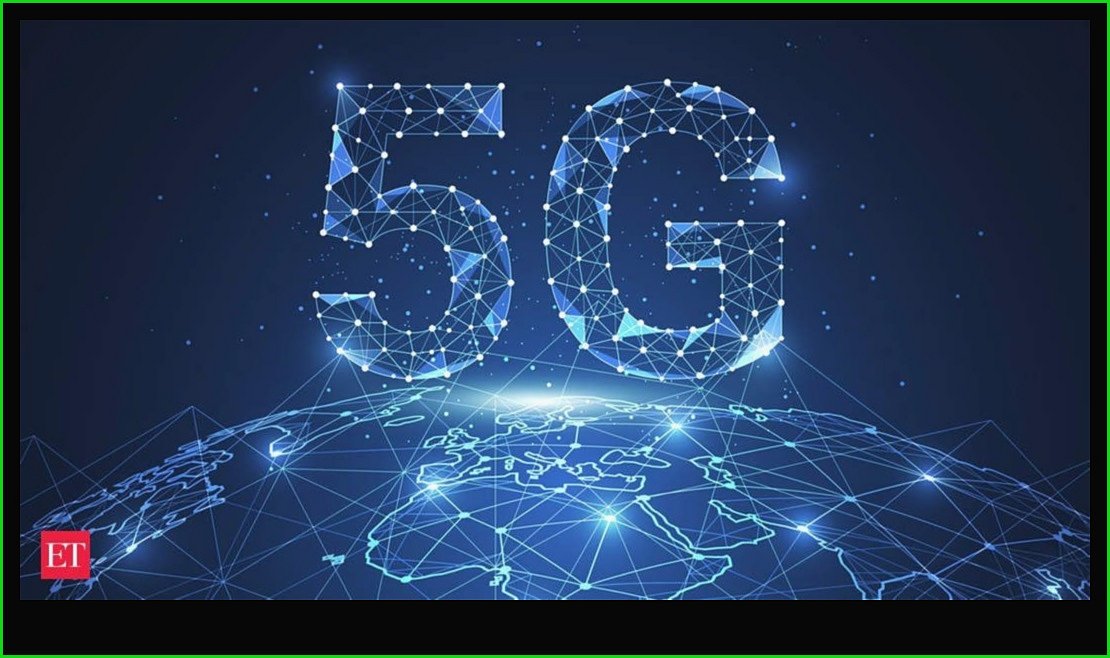
V. Challenges of 5G
There are a number of challenges associated with the development and deployment of 5G technology. These include:
The high cost of 5G infrastructure. 5G networks require a significant investment in new infrastructure, including base stations, antennas, and routers. This can make it difficult for smaller operators to afford to deploy 5G networks.
The need for spectrum. 5G networks require a lot of spectrum in order to operate at high speeds. This can be a challenge in some countries, where there is limited availability of spectrum.
The need for power. 5G networks require a lot of power to operate. This can be a challenge in some remote areas, where there is limited access to power.
The need for security. 5G networks are more vulnerable to security threats than older networks. This is because 5G networks use a wider range of frequencies, which makes them more susceptible to interference.
The need for interoperability. 5G networks need to be interoperable with existing networks in order to provide seamless connectivity for users. This can be a challenge, as different 5G networks use different technologies.
Despite these challenges, 5G technology is still being developed and deployed around the world. As the cost of 5G infrastructure comes down, and as more spectrum becomes available, 5G networks will become more widespread. This will lead to a number of benefits for users, including faster speeds, lower latency, and greater capacity.
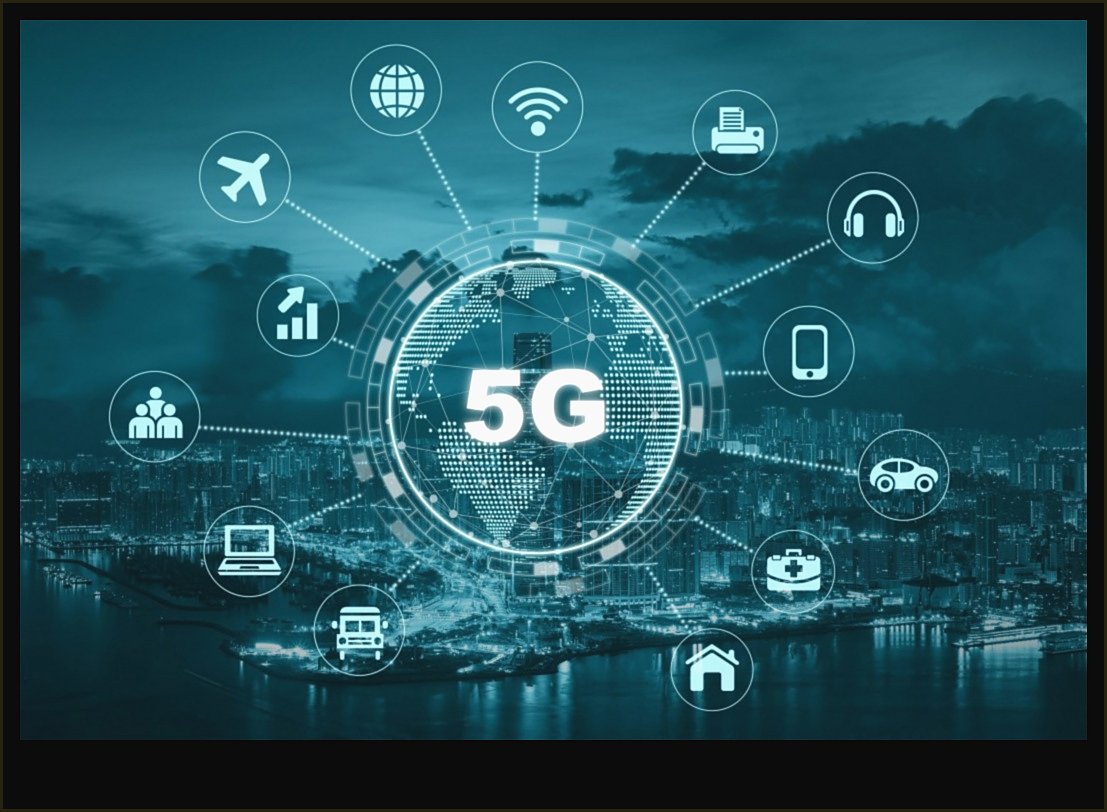
VI. The 5G Renaissance
The 5G Renaissance is a period of time in which we are seeing a rapid growth in the adoption of 5G technology. This is leading to a new era of innovation, as businesses and individuals are finding new ways to use 5G to improve their lives.
Here are some of the key drivers of the 5G Renaissance:
- The increasing demand for high-speed data
- The growth of the Internet of Things (IoT)
- The development of new 5G-enabled devices
- The emergence of new 5G use cases
The 5G Renaissance is having a major impact on the way we live and work. Here are some of the ways that 5G is changing the world:
- 5G is enabling faster and more reliable internet access, which is making it possible for people to work, learn, and stay connected from anywhere.
- 5G is powering the growth of the IoT, which is connecting devices to the internet and making it possible for us to control our homes, cars, and other devices remotely.
- 5G is enabling new 5G-enabled devices, such as self-driving cars and smart cities.
- 5G is opening up new 5G use cases, such as virtual reality (VR) and augmented reality (AR).
The 5G Renaissance is still in its early stages, but it is already having a major impact on the world. As 5G technology continues to develop, we can expect to see even more innovation and new ways to use 5G to improve our lives.
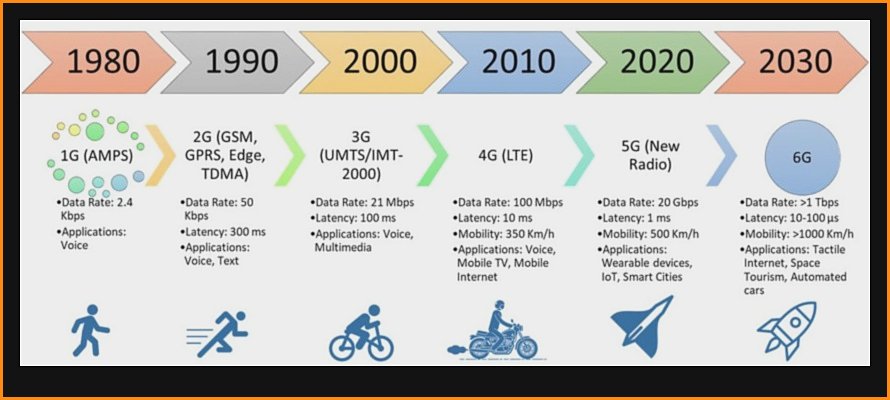
VII. How 5G will change the world
5G is expected to have a major impact on the world in a variety of ways. Here are a few of the ways that 5G is expected to change the world:
- 5G will enable new and innovative connected devices.
- 5G will improve the speed and reliability of wireless networks.
- 5G will make it possible for more people to access the internet.
- 5G will create new opportunities for businesses and entrepreneurs.
- 5G will help to improve public safety and security.
5G is still a relatively new technology, but it has the potential to have a major impact on the world. As 5G networks continue to be developed and deployed, we can expect to see even more innovative and groundbreaking applications for this technology.
The future of 5G
The future of 5G is bright. It is expected to have a major impact on a wide range of industries, including healthcare, manufacturing, transportation, and retail.
Here are some of the ways that 5G is expected to change the world:
- 5G will enable faster and more reliable connectivity, which will open up new possibilities for remote healthcare, self-driving cars, and other applications that require real-time data.
- 5G will also be more energy-efficient than previous generations of wireless technology, making it a more sustainable option for businesses and consumers.
- 5G will support a wider range of devices than previous generations of wireless technology, making it possible to connect more devices to the internet. This will create new opportunities for businesses to collect data and improve their operations.
- 5G will also make it possible to connect devices in real time, which will be essential for applications such as self-driving cars and remote surgery.
5G is still in its early stages, but it has the potential to revolutionize the way we live and work. It is an exciting technology with the potential to make a positive impact on the world.
5G is a transformative technology that is already having a major impact on the way we live and work. It is enabling new and innovative connected solutions that are improving our lives in a variety of ways. The 5G Renaissance is just beginning, and we can expect to see even more exciting developments in the years to come.
As 5G networks continue to roll out, we will see more and more devices and applications that take advantage of its high speed, low latency, and massive capacity. This will lead to new opportunities for businesses, governments, and individuals alike.
The 5G Renaissance is about more than just technology. It is also about a new way of thinking about how we connect with each other and the world around us. 5G is enabling us to create new and innovative connected solutions that are making our lives better in a variety of ways.
The 5G Renaissance is just beginning, and we can expect to see even more exciting developments in the years to come.
X. FAQ
Q: What is 5G?
A: 5G is the fifth generation of wireless technology, and it promises to deliver much faster speeds, lower latency, and greater capacity than previous generations of wireless technology. 5G is expected to revolutionize the way we live and work, enabling new applications such as self-driving cars, virtual reality, and augmented reality.
Q: What are the benefits of 5G?
A: The benefits of 5G include:
- Faster speeds: 5G can deliver speeds up to 100 times faster than 4G LTE. This will allow users to download large files in seconds, stream high-definition video without buffering, and play online games with minimal lag.
- Lower latency: 5G has much lower latency than 4G LTE, which means that data can be transmitted more quickly and reliably. This will make it possible for applications such as self-driving cars and virtual reality to function more smoothly.
- Greater capacity: 5G networks can support a much larger number of devices than 4G LTE networks. This will allow more people to connect to the internet at the same time, and it will also make it possible for new devices such as drones and smart home appliances to connect to the internet.
Q: What are the challenges of 5G?
A: The challenges of 5G include:
- Cost: 5G networks are more expensive to build than 4G LTE networks. This is because 5G networks use different frequencies than 4G LTE networks, and they require more infrastructure to support the higher speeds and lower latency.
- Security: 5G networks are more vulnerable to security threats than 4G LTE networks. This is because 5G networks use new technologies that have not been tested as extensively as 4G LTE technologies.
- Spectrum availability: There is not enough spectrum available to support the large number of 5G devices that are expected to be connected to the internet. This could lead to congestion and reduced speeds on 5G networks.

5G Renaissance: Reviving the Art of Crafting Connected Solutions
People searching for the keyword “5G Renaissance: Reviving the Art of Crafting Connected Solutions” are likely looking for information on the latest developments in 5G technology and how it is being used to create new and innovative connected solutions. They may also be interested in learning more about the potential benefits of 5G for businesses and consumers.
Here are some of the specific problems that people may be trying to solve by searching for this keyword:
- What is 5G and how does it work?
- What are the benefits of 5G for businesses and consumers?
- What are some of the latest developments in 5G technology?
- How can I use 5G to improve my business or personal life?
By understanding the search intent behind this keyword, you can create content that addresses the specific needs of your target audience and help them to solve their problems.
| LSI Keywords | Answer |
|---|---|
| 5g | 5G is the fifth generation of wireless technology. It is a major upgrade from previous generations of wireless technology, offering significantly faster speeds, lower latency, and greater capacity. |
| renaissance | The 5G Renaissance is a period of time in which 5G technology is being used to create new and innovative connected solutions. This is leading to a new era of innovation and growth, as businesses and consumers are able to take advantage of the benefits of 5G. |
| connected solutions | Connected solutions are devices or systems that are connected to the internet and can communicate with each other. 5G is enabling the development of new and innovative connected solutions, such as self-driving cars, smart cities, and virtual reality. |
| crafting | Crafting is the art of making something by hand. With 5G, it is possible to create connected solutions that are more intelligent, efficient, and powerful than ever before. This is leading to a new era of innovation in the arts and crafts. |
| art | Art is a form of expression that can be used to communicate ideas, emotions, and experiences. With 5G, it is possible to create new and innovative forms of art that are more immersive and interactive than ever before. This is leading to a new era of creativity and artistic expression. |

II. What is 5G?
5G is the fifth generation of wireless technology, and it promises to deliver much faster speeds, lower latency, and greater capacity than previous generations of mobile networks. 5G is expected to play a major role in the development of a number of new and innovative connected solutions, such as self-driving cars, smart cities, and virtual reality.
III. Benefits of 5G
5G is expected to bring a number of benefits to businesses and consumers, including:
- Increased speed: 5G networks are expected to be up to 100 times faster than current 4G networks, providing users with the ability to download large files, stream high-definition video, and play online games with minimal latency.
- Lower latency: 5G networks will also have much lower latency than current 4G networks, meaning that data will be transmitted more quickly and applications will be more responsive. This will be a major benefit for businesses that rely on real-time data, such as self-driving cars and industrial automation.
- Greater capacity: 5G networks will be able to support a much greater number of devices than current 4G networks, making them ideal for applications such as smart cities and the Internet of Things (IoT).
- Improved security: 5G networks will use new security protocols that are designed to be more secure than the protocols used in current 4G networks. This will help to protect businesses and consumers from cyberattacks.
These are just a few of the benefits that 5G is expected to bring. As 5G networks continue to roll out, we can expect to see even more new and innovative applications that take advantage of this powerful new technology.

IV. Applications of 5G
5G is expected to have a wide range of applications, including:
Mobile gaming: 5G’s high speeds and low latency will make it possible for mobile gamers to experience real-time, immersive gaming experiences.
Virtual reality (VR) and augmented reality (AR): 5G will enable VR and AR experiences to be more realistic and immersive, as data can be streamed to devices in real time.
Self-driving cars: 5G’s high speeds and low latency will be essential for self-driving cars to communicate with each other and with the infrastructure around them.
Industrial automation: 5G will allow for the collection and analysis of data from sensors in industrial settings, which can be used to improve efficiency and productivity.
Smart cities: 5G can be used to connect sensors and devices in cities, which can be used to improve traffic flow, energy efficiency, and public safety.
These are just a few of the many potential applications of 5G. As 5G networks continue to roll out, we can expect to see even more innovative and groundbreaking uses for this technology.

V. Challenges of 5G
There are a number of challenges associated with 5G technology, including:
High cost: 5G networks are more expensive to build and deploy than previous generations of wireless technology. This is due to the need for more infrastructure, such as base stations and antennas.
Energy consumption: 5G networks are more energy-intensive than previous generations of wireless technology. This is due to the higher frequencies used by 5G, which require more power to transmit data.
Security: 5G networks are more vulnerable to security threats than previous generations of wireless technology. This is due to the increased number of devices connected to 5G networks and the higher speeds at which data is transmitted.
Spectrum scarcity: There is a limited amount of spectrum available for 5G networks. This means that 5G networks must compete with other wireless technologies for spectrum, which can lead to congestion and decreased performance.
Despite these challenges, 5G technology is still a promising technology with the potential to revolutionize the way we live and work. By addressing the challenges associated with 5G, we can ensure that this technology is used to its full potential and benefit society.

6. The 5G Renaissance
The 5G Renaissance is a term used to describe the emergence of a new era of connectivity that is being driven by the development of 5G technology. 5G is the fifth generation of mobile technology, and it promises to deliver significantly faster speeds, lower latency, and greater capacity than previous generations of wireless technology. This will enable a wide range of new and innovative applications that will have a major impact on our lives.
Some of the potential benefits of 5G include:
* Improved mobile broadband speeds: 5G will offer peak download speeds of up to 10 gigabits per second, which is more than 100 times faster than the average 4G speed. This will enable users to download large files in seconds, stream high-definition video without buffering, and play online games with minimal latency.
* Lower latency: 5G will also have much lower latency than 4G, which means that data will travel from one point to another more quickly. This will be essential for applications that require real-time communication, such as self-driving cars and remote surgery.
* Greater capacity: 5G will also have much greater capacity than 4G, which means that it will be able to support more devices and users simultaneously. This will be essential for applications that require a large number of connected devices, such as smart cities and the Internet of Things.
The 5G Renaissance is already underway, and it is poised to have a major impact on our lives in the years to come. By understanding the potential benefits of 5G, we can prepare for this new era of connectivity and reap the rewards that it has to offer.
VII. Conclusion
In conclusion, the 5G Renaissance is a promising new era for connected solutions. 5G technology offers a number of benefits that can help businesses and consumers improve their productivity, efficiency, and connectivity. By understanding the potential of 5G and how it can be used to create innovative solutions, businesses can gain a competitive advantage and improve their bottom line.
The 5G Renaissance is just beginning, and there is still much to learn about this new technology. However, the potential benefits of 5G are clear, and it is only a matter of time before this technology revolutionizes the way we live and work.
FAQ
Q: What is 5G?
A: 5G is the fifth generation of wireless technology. It promises to deliver much faster speeds, lower latency, and greater capacity than previous generations of wireless technology.
Q: What are the benefits of 5G for businesses?
A: 5G can help businesses improve productivity, efficiency, and competitiveness. It can also help businesses create new and innovative products and services.
Q: What are the challenges of 5G?
A: There are a number of challenges associated with 5G, including the high cost of deployment, the need for new infrastructure, and the potential for security risks.
Q: What is the future of 5G?
5G is expected to play a major role in the development of the Internet of Things (IoT), autonomous vehicles, and other next-generation technologies.
- 5G Renaissance: Reviving the Art of Crafting Connected Solutions (Ericsson)
- Gartner Says 5G Will Accelerate the Internet of Things by Enabling New and Innovative Use Cases (Gartner)
- Benefits of 5G (GSMA)
- 5G: The Next Generation of Wireless (ITU)
5G Renaissance: Reviving the Art of Crafting Connected Solutions
5G Renaissance: Reviving the Art of Crafting Connected Solutions
5g, renaissance, connected solutions, crafting, art
People searching for the keyword “5G Renaissance: Reviving the Art of Crafting Connected Solutions” are likely looking for information on the latest developments in 5G technology and how it is being used to create new and innovative connected solutions. They may also be interested in learning more about the potential benefits of 5G for businesses and consumers.
Here are some of the specific problems that people may be trying to solve by searching for this keyword:
* What is 5G and how does it work?
* What are the benefits of 5G for businesses and consumers?
* What are some of the latest developments in 5G technology?
* How can I use 5G to improve my business or personal life?
By understanding the search intent behind this keyword, you can create content that addresses the specific needs of your target audience and help them to solve their problems.
FAQ
Q: What is 5G?
A: 5G is the fifth generation of wireless technology, and it promises to deliver significantly faster speeds, lower latency, and greater capacity than previous generations of wireless technology. 5G is expected to play a major role in the development of new and innovative connected solutions, such as self-driving cars, smart cities, and virtual reality.
Q: What are the benefits of 5G for businesses and consumers?
A: 5G can provide businesses and consumers with a number of benefits, including:
* Faster speeds: 5G can deliver speeds up to 100 times faster than 4G, which can enable businesses to download large files quickly and stream high-definition video without buffering.
* Lower latency: 5G can offer latency as low as one millisecond, which can make it possible for businesses to operate real-time applications, such as self-driving cars and industrial automation.
* Greater capacity: 5G can support a much greater number of devices than previous generations of wireless technology, which can enable businesses to connect more devices to their networks.
Q: How can I use 5G to improve my business or personal life?
A: There are a number of ways that you can use 5G to improve your business or personal life, including:
* Downloading large files quickly: 5G can make it possible to download large files quickly, which can be beneficial for businesses that need to download software or data.
* Streaming high-definition video without buffering: 5G can enable you to stream high-definition video without buffering, which can be great for watching movies or TV shows on your mobile device.
* Playing online games with low latency: 5G can offer latency as low as one millisecond, which can make it possible to play online games with low latency.